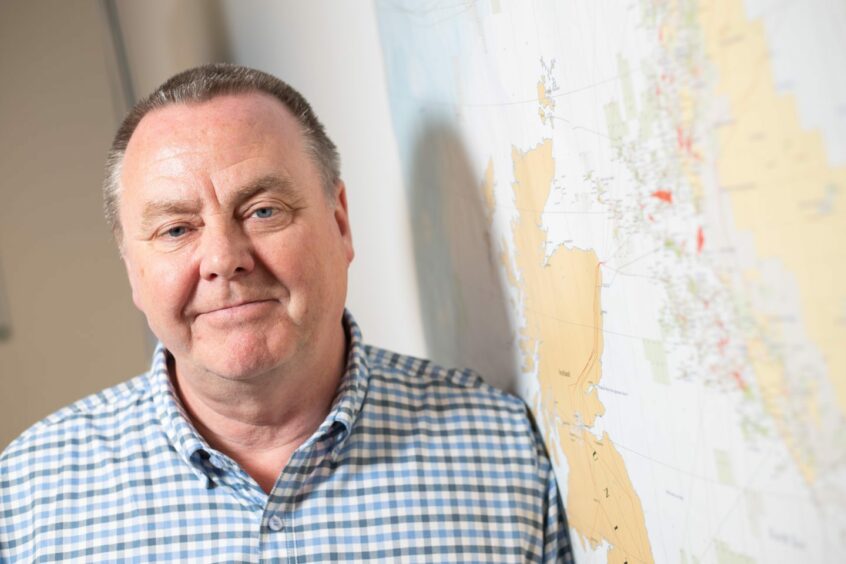Doing away with hated shift patterns has been suggested as one way to help alleviate North Sea worker shortages.
By scrapping “three-on/three-off” rotas, firms could offer offshore crew a better work-life balance enticing some to return to the industry, says Jake Molloy of the RMT.
That would go some way to addressing the skills shortages currently plaguing the oil and gas and renewables industries, he believes.
In the wake of the 2014 North Sea downturn, most energy companies took drastic action in order to cut costs.
One method was to roll out equal time, three weeks on/three weeks off rotas, much to the ire of workers.
A subsequent report by Aberdeen’s Robert Gordon University found the change negatively impacts those spending longer at sea, causing mental and physical exhaustion.
A potential solution to a big problem
In recent months, many companies have indicated they’re finding it tough to plug employment gaps, fuelling fears that much-needed energy projects could be delayed.
Industry and government are putting their heads together to try to solve the growing issue, but Mr Molloy says dealing with unhappiness about rotas would be a start.
He said: “We’ve been discussing with industry for a few months now about the skills shortages that we face. There is so much going on across the country right now – whether it be in the renewable sector or oil and gas – and as a consequence of a lack of investment in workers, as well as the pandemic, we’re running short of staff.
“We have spoken about how we retain and attract people back to the oil and gas sector – particularly given the focus on climate change maybe makes it less attractive – to keep the North Sea going. From the trade union perspective, we feel that a more beneficial, self-orientated work-life balance would be a great attraction.
“Looking at our colleagues in Norway and Denmark, they’re not suffering from shortages in the same way that we’ve seen here over the summer.”
Widespread unrest amongst the workforce
Labour market tightness, giving workers more bargaining power, is one reason for the countless strikes that have taken place in the North Sea this year.
Energy companies posting record profits and the continuation of three-week shift patterns have also been flagged as underlying factors.
As well as attracting people back to the industry, Mr Molloy believes moving to a two-on/ three-off arrangement would allow some to work more if they wanted.
“As well as bringing a work-life balance, it gives the potential for greater flexibility. When you get into your 50s and 60s, you’re looking for more time off, greater recovery, and a longer spell with your family.
“If you’re just starting out, you’re eager, keen and want to earn as quickly and as much as possible. Two/ three enables all of that – younger folk want to do the extra time and work more weeks, knowing full well they’ve got time off, while older folk can take time out.”
No end in sight
Despite the ongoing frustration around shift patterns amongst the workforce, Mr Molloy says he’s seen no desire from operators to shake things up.
He added: “We struggle actually to get the operators to talk to each other, for reasons that are frankly beyond me – they can’t seem to get that collaborative piece going.
“But again, if you look to Norway and Denmark, they seem to manage it. It’s the same operators doing the same job in the same sector – what makes it so difficult? I just do not get it.”



Conversation